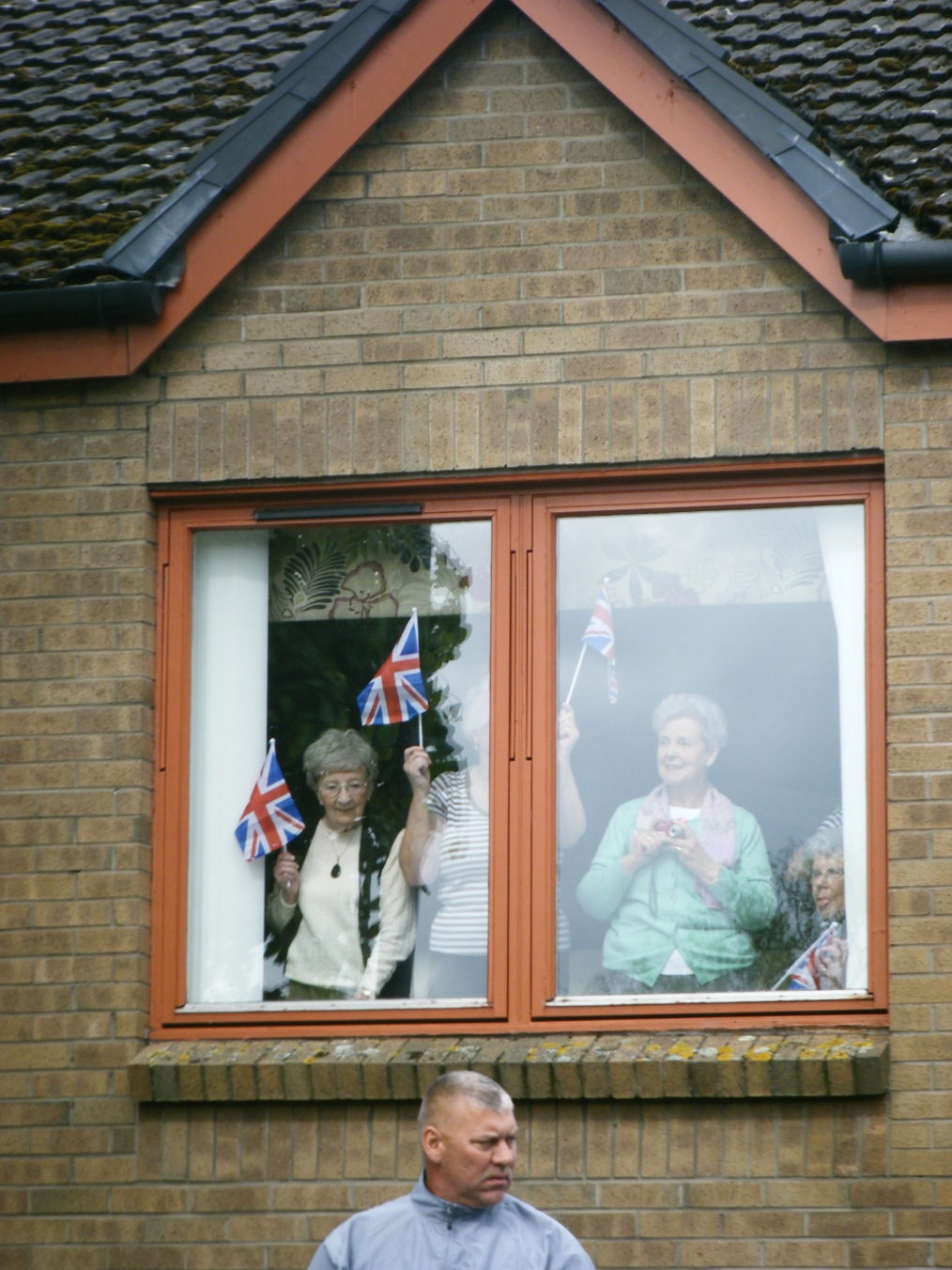If you have read my previous post you will be aware that I have recently returned from the lush Ionian island of Zakynthos (or Zante as it is more commonly known). In addition to a well-earned break the trip’s purpose was to attend my friend’s wedding, and the baptism of her children.
Having recently got married myself, I remain naturally drawn to weddings. I enjoy nothing better than a Tuesday night in front of the TV watching “Don’t Tell the Bride”; although why any woman would allow her husband-to-be to arrange the biggest day of her life really is beyond me. I mean I know for a fact that if I’d granted my husband that privilege, I’d have ended up looking like a toilet-roll dolly with a colour scheme straight out of Villa Park.
Like me my friend arranged her own wedding. And although this may be consider old-fashioned by some, it was for all intents and purposes, no mean feat! You see my friend has married into a Greek family and so in addition to the guest-list, invitations, dresses and table plans there was also the Greek traditions to uphold.
Indeed, traditionally a Greek wedding is a marathon event which starts on the Wednesday previous to the big day itself. This serves as time for the betrothed families to get to know each other and is when, historically, a dowry of linen and household items was presented to the groom’s family (with whom the bride would have gone to stay post wedding day). Now-a-days however, new linen is bought and is offered as a gift to the bride and groom for their marital home.
On the day before the wedding (typically a Friday) the bride is welcomed into the groom’s family by being presented with gold . . . yes, gold!! My friend was gifted a stunning gold and diamond necklace, earrings and ring. I’m thinking that us Brits could learn much from our Greek counterparts when it comes to honouring tradition!
And then there is the wedding day itself; a very charming affair, and different in many ways to the traditional British wedding. Family and close friends are encouraged to gather at the parental homes of the bride and groom prior to the ceremony, meaning that the bride’s dress is far from secret! In addition, when it is time for the groom to leave for church the men of his family fire round after round from shotguns; an action that is repeated at the church and then later at the reception venue. Family and friends follow the bride or groom to the church to the sound of car horns tooting – an altogether extraordinary experience! And at the church the groom and guests congregate outside for the arrival of the bride; where the groom presents his wife-to-be with her bouquet and leads her into church.
The Orthodox services are generally longer than British ones; and with the addition of a double baptism, on this occasion, it meant that we were in church for approximately two and a half hours. However I can honestly say that the time flew by; so caught up in the pomp and ceremony we were! . . . In fact the whole day passed very quickly indeed; almost as quickly as my own Big Fat White Wedding . . . but that is a story for another day!












